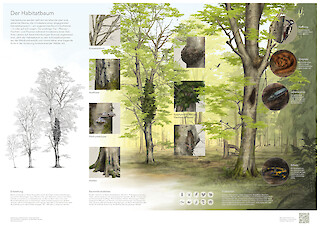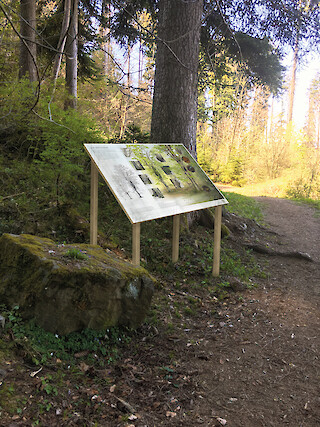This work by Liliane Gschwend explores a research topic in the area of biodiversity, focusing on the habitat tree and its special role in the biodiversity of forests. Ecosystems protect themselves by an increased biodiversity. Every species takes part in the interplay between giving and taking and thereby strengthens the system. In forests, the habitat tree plays an important role in this context. It offers protection, food and breeding sites for numerous, sometimes highly specialised animals and plants. Some species even depend on it for their whole life. To make forestry more sustainable and support forest ecosystems, these trees are given greater consideration in forestry practice and saved from felling. Visualisations of this topic in popular science are scarce, and it is still not widely known.
Sensitively drawn, quietly poetic and with tangible enthusiasm, this work addresses the highly topical and relevant subject of biodiversity through the lens of the forest and the invisible links between the very varied organisms that live in it. The communicative concept places the interface between information and viewer directly at the site – its visualisations raise the level of sensitivity during a forest walk, encourage observation and promote a lasting sense of awareness about the habitat tree. The visual language is deliberately restrained and opens the door to a subtle world, far from the attention economy of the media. Both casual and precise, the high-quality illustrations manage to captivate viewers not just with their aesthetic appeal but also very effectively convey the scientific background. As part of an in-depth research effort, in close cooperation with project partners and in the forest itself, an extensive range of content was reviewed, taking into account the wider context in all areas. Because of its clever modular concept, the project can be extended by further elements and channels in a planned real-life implementation.
Project partners:
Dr. Rita Bütler Sauvain, Eidgenössische Forschungsanstalt für Wald, Schnee und Landschaft (Swiss Federal Institute for Forest, Snow and Landscape Research)
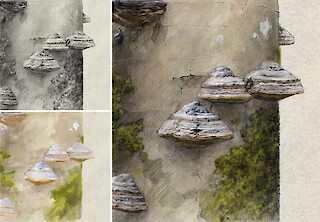
«The modular structure of the visualisation and the individually created illustrations make it possible to conceive further products of different kinds.» – Liliane Gschwend
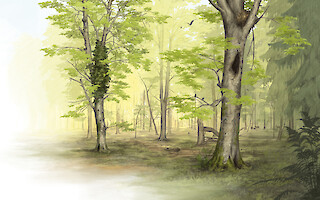
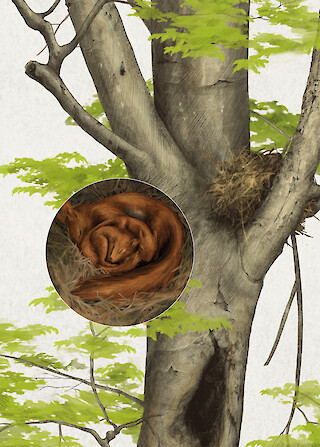
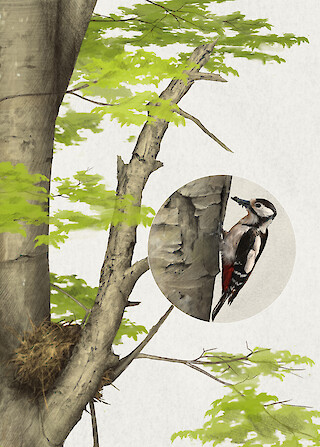
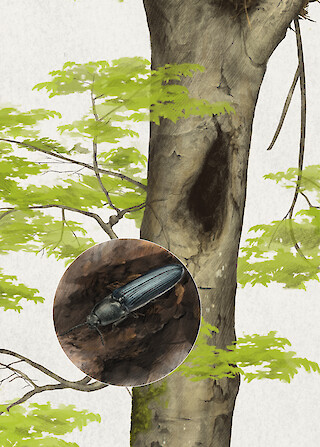
«I see myself as a partially self-employed, scientific illustrator with a focus on knowledge communication in the areas of archaeology, palaeontology, zoology and botany. » – Liliane Gschwend
